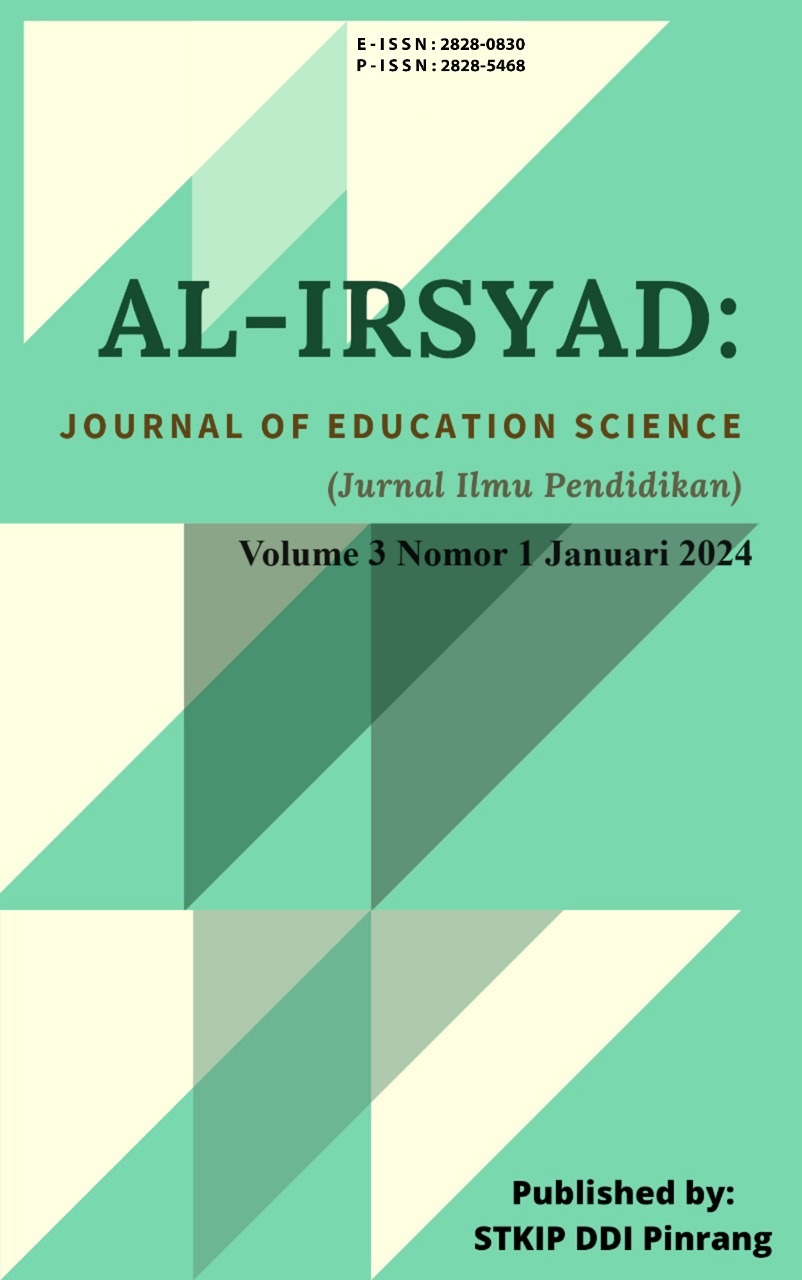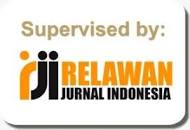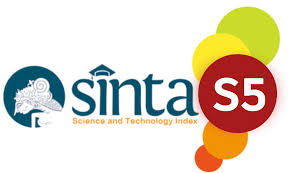ELSA SPEAK APPLICATION TO IMPROVE THE STUDENTS’ PRONUNCIATION AT MEMBER OF LIBAM
(LINTASAN IMAJINASI BAHASA MAHASISWA)
DOI:
https://doi.org/10.58917/aijes.v3i1.92Kata Kunci:
Elsa Speak Application, LIBAM Organization, PronunciationsAbstrak
The lack of familiarity among students with learning English word pronunciation is a pressing issue that needs immediate attention. Mastering both the meaning and pronunciation of vocabulary is crucial. Many students aspire to speak English with a good accent, and they would greatly benefit from additional resources to practice pronunciation. One such solution is the Elsa Speak Application, which has proven effective in addressing students’ pronunciation difficulties. In this research conducted at LIBAM IAIN Parepare, an experiment design using pre and posttests was implemented with a sample of 15 students selected through cluster random sampling. The results indicated that students’ pronunciation at LIBAM was initially categorized as poor in the pretest (score: 52.00), but significantly improved to a very good category in the posttest (score: 82.00). The indicators focused on vowel and consonant sounds, as well as word and sentence stress. The analysis of the improvement demonstrated that the null hypothesis was rejected (t-value: 2.497 > 1.345), confirming the acceptance of the alternative hypothesis. Therefore, the research concluded that there was a noticeable improvement in students’ pronunciation using the Elsa Speak Application at LIBAM IAIN Parepare.
Referensi
Arikunto, S., and C. S. A. Jabar. 2018. Dasar Evaluasi Pendidikan (; F. Yustianti, Ed.). Edition of. Bumi Aksara.
Beeson, W. T., Vu, V. V., Span, E. A., Phillips, C. M., & Marletta, M. A. (2015). Cellulose degradation by polysaccharide monooxygenases. Annual review of biochemistry, 84, 923-946.
Celce-Murcia, M., D. Brinton, and J. Goodwin. 2010. Teaching Pronunciation: A Course Book and Reference Guide. Cambridge University Press.
Dann, Bryrne. 1986. Teaching Oral English. Handbooks. London: Longman.
Gilbert, Judy B. 2010. Teaching Pronunciation Using the Prosody Pyramid. Vol. 13.
Pratiwi, Veronica Unun, Septi Iriani, Arin Arianti. 2019. “Improving Students Pronounciatin Skill Homophone Game, A Class Room Action Research At First Eleventh Grade Science Students.” English Edu 5.
Sardi, A., Haryanto, A., & Weda, S. (2017). The Distinct types of diction used by the efl teachers in the classroom interaction. International Journal Of Science and Research (IJSR), 6(3), 1061-1066.
Sardi, A., Surahmat, Z., & Nur, S. (2022). The Washback of Intensive TOEFL Training Program (ITTP) on Student’s Learning Motivation. ELS Journal on Interdisciplinary Studies in Humanities, 5(4).
Sarmita. 2019. “Applying ELSA Speak Software in the Pronunciation Class: Students’ Perception.” Edumaspul 4.
Sugiono. 2017. Metodologi Penelitian Kuantitatif Kualitatif Dan R&D. Bandung: Alfabeta.
Vaughan, Michael. 2002. Test Your Pronunciation. Person Education.
Vu, V., & Wang, K. (2015). Random weighted projections, random quadratic forms and random eigenvectors. Random Structures & Algorithms, 47(4), 792-821.
Wahid, Nur. 2022. “Improving Students Pronunciation Ability Using Elsa Speak APP.” University of SULBAR.
Yates, Jean. 2016. Pronounced It Perfectly in English. Educationa. Baron.
Unduhan
Diterbitkan
Cara Mengutip
Terbitan
Bagian
Lisensi
Hak Cipta (c) 2023 Siti Rahmahyana Rahman, Nurhamdah Nurhamdah, Munawir Munawir

Artikel ini berlisensi Creative Commons Attribution 4.0 International License.























